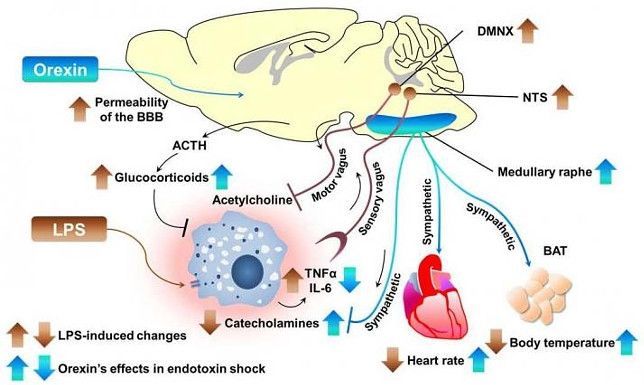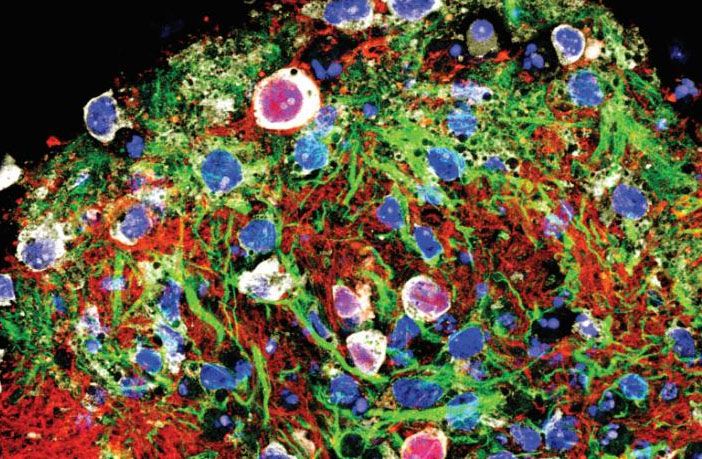New research on Parkinson and holds additional insights in cell & neuro technology.
Autophagy functions as a main route for the degradation of superfluous and damaged constituents of the cytoplasm. Defects in autophagy are implicated in the development of various age-dependent degenerative disorders such as cancer, neurodegeneration and tissue atrophy, and in accelerated aging. To promote basal levels of the process in pathological settings, we previously screened a small molecule library for novel autophagy-enhancing factors that inhibit the myotubularin-related phosphatase MTMR14/Jumpy, a negative regulator of autophagic membrane formation. Here we identify AUTEN-99 (autophagy enhancer-99), which activates autophagy in cell cultures and animal models. AUTEN-99 appears to effectively penetrate through the blood-brain barrier, and impedes the progression of neurodegenerative symptoms in Drosophila models of Parkinson’s and Huntington’s diseases. Furthermore, the molecule increases the survival of isolated neurons under normal and oxidative stress-induced conditions. Thus, AUTEN-99 serves as a potent neuroprotective drug candidate for preventing and treating diverse neurodegenerative pathologies, and may promote healthy aging.









